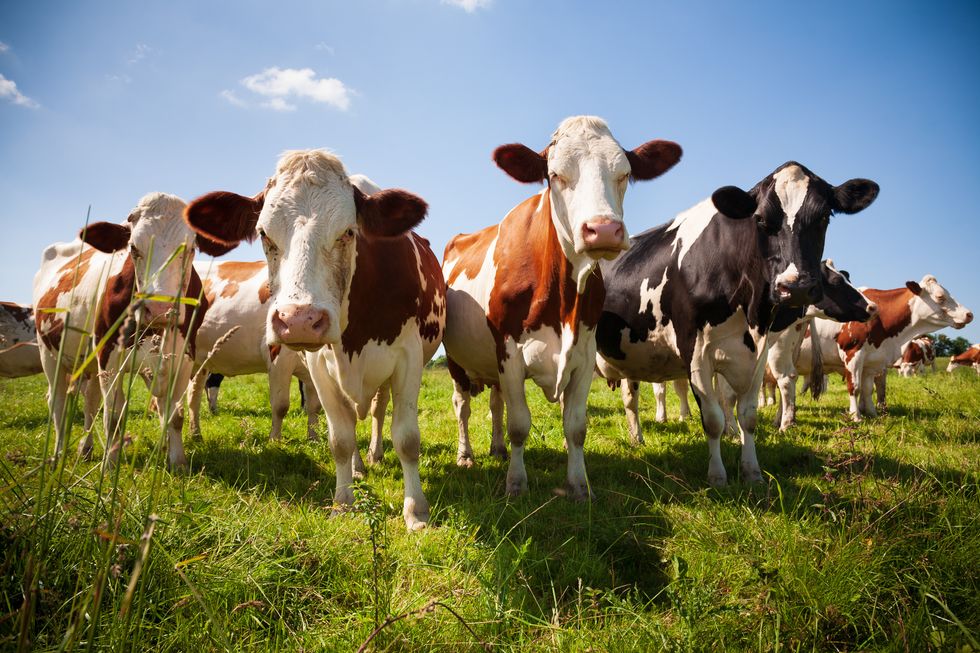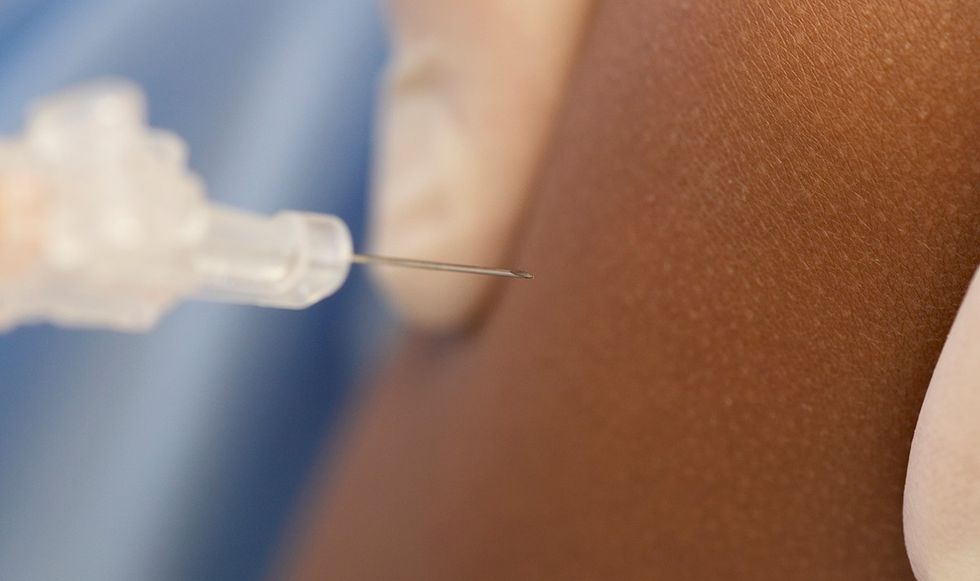'This is how pandemics start': CDC shares major update on first human case of HN51 with no known animal link

The CDC has provided an update on the first human case of bird flu in the US with no known animal exposure.
|Getty Images

The Missouri case has raised concerns that HN51 is spreading between humans
Don't Miss
Most Read
The Centers for Disease Control and Prevention has provided a major update on the first human case of bird flu in the US with no known animal exposure.
HN51 has spread like wildfire in dairy cows and poultry since it was first detected in April. Nearly 200 dairy herds in 14 states have tested positive for the strain.
As of August, 13 humans exposed to infected dairy cows and poultry have tested positive.
Cases have been mild - patients presented with typical flu symptoms such as fever and chills - and isolated.
However, the 14th human case confirmed earlier this month marks a major turning point in the outbreak.
On 6 September, the Missouri Department of Health & Senior Services announced a person in the state had tested positive for the virus.
The individual tested positive after being hospitalised for other underlying health conditions and presented with chest pain, nausea, vomiting, diarrhoea and weakness. They were not severely ill and have fully recovered, according to the CDC.

The jump from cows to humans has worried virologists
| Getty ImagesHowever, unlike previous cases, the person had not been in close contact with infected dairy cattle or farmed birds. Nor were they exposed to raw milk - another source of the infection.
More worrying still, one household contact of the patient became ill with similar symptoms on the same day as the confirmed case, was not tested, and has since recovered.
Virologists were already nervous about the spillover from cows (domesticated cattle share about 80 per cent of their genes with humans) but the first case with no known animal exposure suggests the bird flu strain has acquired the mutation needed for human-to-human transmission.
So far, there has been no evidence that HN51 has acquired this adaption, but it signals that the strain is evolving.
The CDC has now provided an update on the Missouri case, revealing that the person had a rare mutation.
Due to low amounts of genetic material in the sample, the CDC has only been able to partially sequence the virus’s genome.
The analysis revealed two mutations not seen in previous human cases, both of which occurred in a protein called hemagglutinin. This protein is similar to the spike protein of SARS-CoV-2 in that it helps the virus bind to and infect cells.
One of the mutations, called A156T, has been identified in fewer than one per cent of samples collected from dairy cows.
Previous research by Jesse Bloom at the Fred Hutchinson Cancer Center in Washington state and his colleagues suggested this mutation can diminish the ability of antibodies to recognise and neutralise the virus.
LATEST HEALTH DEVELOPMENTS

vaccines made with strains that have a specific mutation won’t be viable, professor warns
| Getty ImagesAs the New Scientist explains, this has implications for vaccine development. Both the CDC and the World Health Organization have been creating weakened versions of H5N1 that can be used to manufacture vaccines if a wider outbreak ever occurs in humans.
Professor Bloom and his team have shown A156t - one of the newly identified mutations - causes a 10-to-100-fold drop in the neutralisation ability of antibodies from ferrets treated with vaccine candidates.
This means vaccines made with strains that have this mutation won’t be viable – only one potential vaccine strain has remained effective.
“This mutation is not changing our assessment of the risk that this virus will take off in humans, per se,” Professor Bloom told the New Scientist.
“It is just showing that we need to think carefully about which vaccine candidates we want to have ready in case that should happen.”
The first human case with no link to infected animals is nonetheless concerning.
“This is how pandemics start,” Krutika Kuppalli, a spokesperson for the Infectious Disease Society of America and former WHO medical officer, told The Telegraph.
“We need to scale up preparedness and response efforts.”







